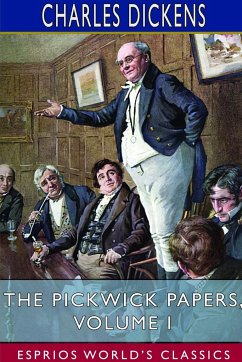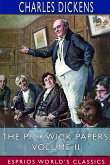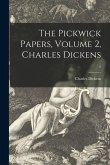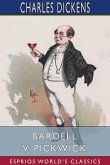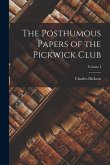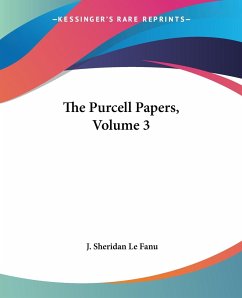The Posthumous Papers of the Pickwick Club (also known as The Pickwick Papers) was Charles Dickens's first novel. He was asked to contribute to the project as an up-and-coming writer following the success of Sketches by Boz, published in 1836. With the introduction of Sam Weller in chapter 10, the book became the first real publishing phenomenon, with bootleg copies, theatrical performances, Sam Weller joke books, and other merchandise.
Hinweis: Dieser Artikel kann nur an eine deutsche Lieferadresse ausgeliefert werden.
Hinweis: Dieser Artikel kann nur an eine deutsche Lieferadresse ausgeliefert werden.

